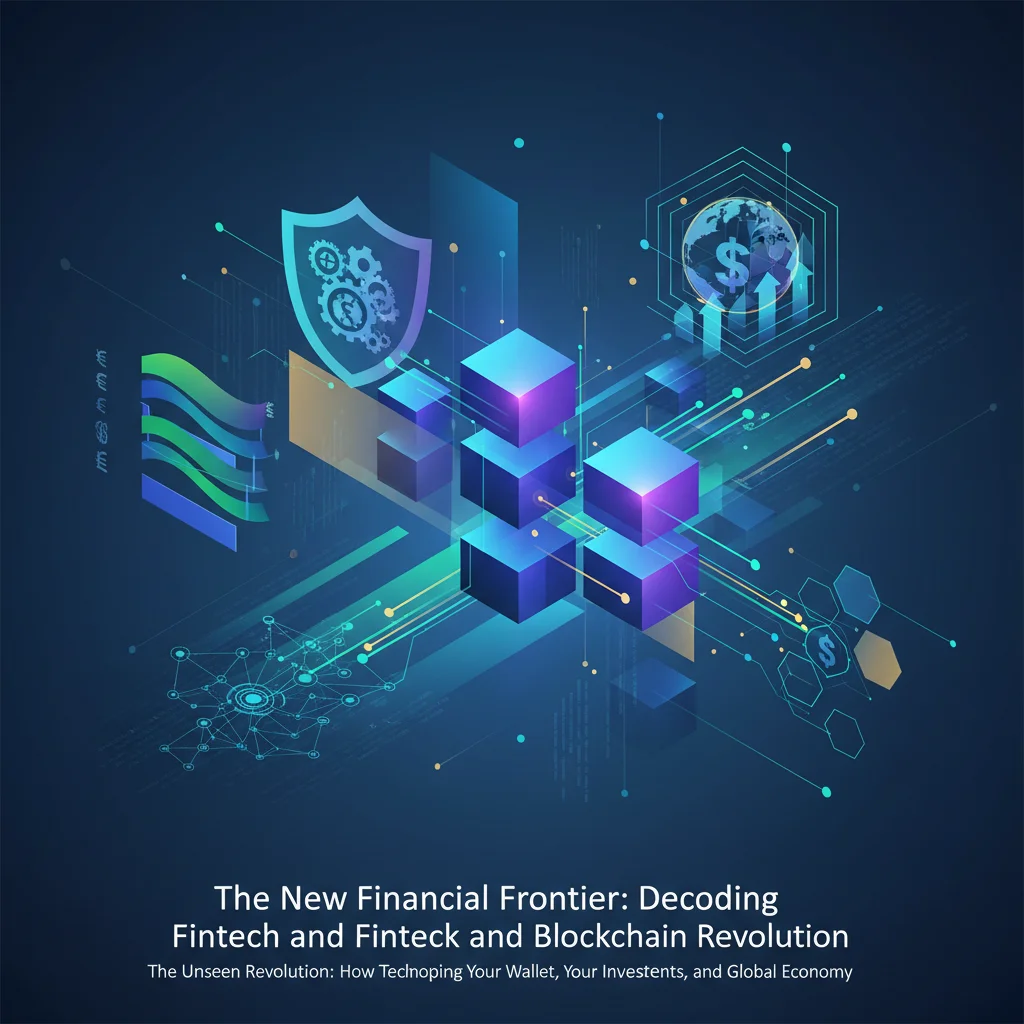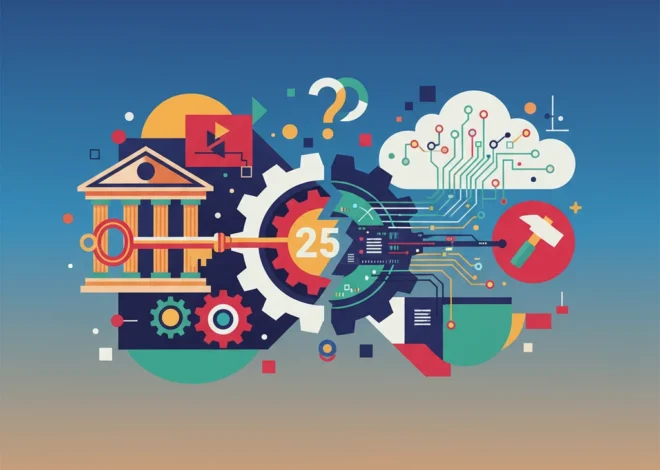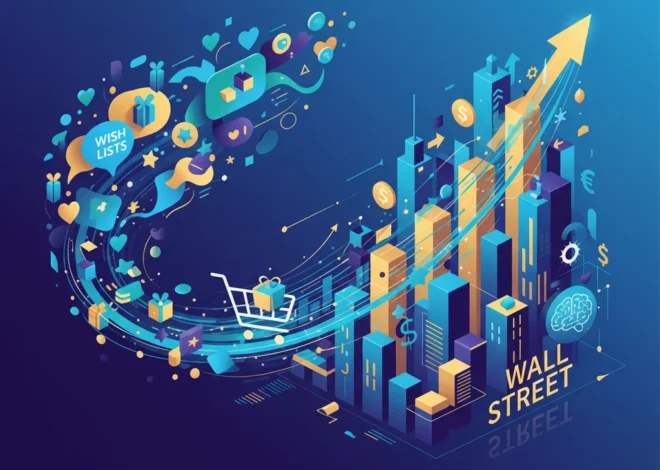
The New Financial Frontier: Decoding the Fintech and Blockchain Revolution
The Unseen Revolution: How Technology is Reshaping Your Wallet, Your Investments, and the Global Economy
In the world of finance, change has often been evolutionary, not revolutionary. Institutions built on centuries of tradition have adapted slowly, with trust and stability as their cornerstones. However, the last decade has witnessed a seismic shift. The quiet hum of servers in data centers and the cryptographic puzzles solved by a global network of computers are orchestrating a revolution that is fundamentally altering our relationship with money. This is the era of financial technology (fintech) and blockchain, two powerful forces converging to dismantle old structures and build a new, digitally-native financial world. From instant cross-border payments to automated investing portfolios, this transformation impacts everyone, from the seasoned Wall Street trader to the small business owner seeking a loan.
The traditional pillars of finance—centralized banks, cumbersome settlement processes, and exclusive access to complex financial instruments—are being challenged by a wave of innovation. This new landscape promises greater efficiency, transparency, and accessibility. But it also introduces new complexities and risks. Understanding this evolving ecosystem is no longer optional; it’s essential for navigating the future of the global economy, making informed investment decisions, and comprehending the forces that will shape the next generation of commerce and wealth.
The Fintech Disruption: Beyond the Banking App
At its core, fintech is the application of technology to improve and automate financial services. While the term might evoke images of simple mobile banking apps, its scope is far more profound. It represents a fundamental rethinking of how financial products are designed, delivered, and consumed. The global fintech market is projected to reach a value of over $600 billion by 2028, a testament to its explosive growth and widespread adoption.
The success of fintech is rooted in its user-centric approach. Companies like Stripe, Revolut, and SoFi identified critical pain points in traditional banking and finance—high fees, slow processing times, and poor customer experience—and built solutions from the ground up. They leveraged cloud computing, data analytics, and mobile technology to offer services that are not only cheaper and faster but also more intuitive and personalized. This has forced incumbent institutions to accelerate their own digital transformation efforts, leading to a more competitive and innovative market for all.
Key areas of fintech disruption include:
- Digital Payments: The move away from cash has been accelerated by platforms offering seamless peer-to-peer transfers, contactless payments, and integrated e-commerce checkouts.
- Robo-Advisors: Automated, algorithm-driven platforms have democratized wealth management, offering low-cost, diversified investing portfolios to a mass audience that was previously underserved.
- Alternative Lending: Fintech platforms use alternative data sources and machine learning to assess credit risk, providing faster and more accessible loans to individuals and small businesses who might be overlooked by traditional banks.
This shift is not just about convenience; it’s about re-engineering the core infrastructure of the stock market and personal finance. Navigating the Storm: Why a Scuttled Emissions Deal Creates a Trillion-Dollar Crossroad for Global Finance
Blockchain and DeFi: Rebuilding Finance on a Foundation of Code
If fintech is about improving the existing financial system, blockchain and Decentralized Finance (DeFi) are about rebuilding it from scratch. Blockchain, the technology underpinning cryptocurrencies like Bitcoin and Ethereum, is a distributed, immutable ledger. In financial terms, it’s a shared, tamper-proof record book that can process and settle transactions without needing a central intermediary like a bank or a clearinghouse.
This simple yet powerful concept unlocks the potential for a more open, transparent, and efficient financial system. DeFi refers to the ecosystem of financial applications built on blockchain networks. These applications replicate traditional financial services—like lending, borrowing, and trading—but operate in a decentralized manner, governed by smart contracts (self-executing code) rather than corporations and their executives. According to analysis in the Financial Times, the underlying principles of this technology are forcing a re-evaluation of traditional asset management. The growth in this sector has been staggering, with billions of dollars locked in DeFi protocols, showcasing strong investor interest in this nascent field.
To better understand the paradigm shift, here is a comparison of traditional finance (TradFi) and DeFi:
| Feature | Traditional Finance (TradFi) | Decentralized Finance (DeFi) |
|---|---|---|
| Intermediaries | Reliant on banks, brokers, and clearinghouses | Peer-to-peer via smart contracts |
| Accessibility | Often restricted by geography, wealth, and identity verification | Open and permissionless; accessible with an internet connection |
| Transparency | Opaque; internal operations are private | Radically transparent; all transactions are on a public blockchain |
| Operating Hours | Limited to business hours and weekdays | 24/7/365, global operations |
| Settlement Speed | Can take days (T+2 for stocks) | Near-instantaneous to minutes |
The implications are profound. DeFi could potentially lower the cost of capital, reduce settlement risk, and provide financial services to the 1.4 billion unbanked adults globally. However, the space is still in its infancy and faces significant challenges, including regulatory uncertainty, security vulnerabilities, and extreme volatility. North American Trade Shift: Why New US Tariff Relief on Trucks is a Major Signal for Investors
The New Engine of the Stock Market: AI and Algorithmic Trading
The impact of financial technology extends deep into the heart of global capital markets. The modern stock market is no longer a physical trading floor dominated by human intuition but a digital arena where algorithms execute millions of trades in microseconds. Artificial intelligence (AI) and machine learning are the new titans of trading, capable of analyzing vast datasets—from corporate earnings reports and macroeconomic indicators to satellite imagery and social media sentiment—to identify patterns and predict market movements with a speed and scale no human can match.
High-Frequency Trading (HFT) firms use sophisticated algorithms to capitalize on tiny price discrepancies, often holding positions for mere fractions of a second. This has dramatically increased market liquidity but has also raised concerns about market stability and fairness. The rise of the machine has changed the very nature of investing and economics, shifting the focus from long-term fundamental analysis to short-term quantitative strategies. For the average investor, this technological arms race is felt through the proliferation of AI-powered analytics tools and robo-advisors that bring institutional-grade strategies to the retail level.
The Road Ahead: Regulation, Integration, and the Future of Money
The convergence of fintech, blockchain, and AI is not a passing trend; it is the new foundation of the global financial system. However, the path forward is not without obstacles. Regulators worldwide are grappling with how to foster innovation while protecting consumers and maintaining financial stability. Issues like data privacy, cybersecurity, and the legal status of digital assets remain contentious points of debate. A recent IMF report highlights the complex interplay between central bank digital currencies (CBDCs) and private digital money, a key battleground that will define the future of our economic infrastructure.
Traditional banks are not standing still. Many are now collaborating with fintech startups, integrating new technologies into their existing operations, or launching their own digital-first brands. The future is likely to be a hybrid model where the trust and scale of established institutions merge with the agility and innovation of technology pioneers. This fusion will create a more resilient, efficient, and inclusive financial ecosystem.
Ultimately, this technological revolution is reshaping the fundamental principles of value exchange. It is forcing us to reconsider what money is, how it moves, and who controls it. For investors, business leaders, and policymakers, the challenge is to understand these powerful new tools, harness their potential for good, and build a financial future that is not only more technologically advanced but also more equitable and secure for all. Déjà Vu or a Different Devil? Unpacking the New Wave of US Banking Jitters
The journey has just begun, and while the destination remains uncertain, the direction is clear: finance is becoming more digital, more decentralized, and more deeply integrated into the fabric of our daily lives.


